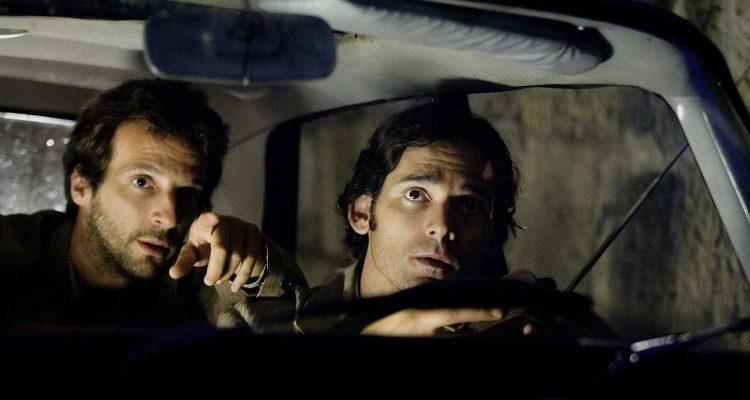When we watch a film, our ears and eyes are working in tandem. Audiences may be led to believe that is the visuals which is the most important of the two. Sound, however, offers a type of mastery to the puppet that is the visual. Our eyes and ears are interconnected when we see a movie. Often, it is the visual we pay the most attention to because it is right in front of us, presumably on a large screen. The visual is the face of the operation, while the audio is the component that holds the power.
In a video essay by Nerdwriter1, this idea of power in audio design is scrutinized in a case study of Steven Spielberg‘s “Munich.” The film is ripe with tension, but in a particular scene, it’s the audio that makes us gasp. As the video essay details, audio aids in defining where an audiences’ attention should be concentrated, particularly in a complex sequence with many moving parts and plot threads to keep hold of.
The Nerdwriter powerfully shows how audio can be crucial for the dramatic stakes of a scene. What we hear tells us a story. Next time you rewatch a film you have seen before, try closing your eyes, and seeing with your ears. Or maybe give “Munich” another whirl for a whole new level of appreciation.

